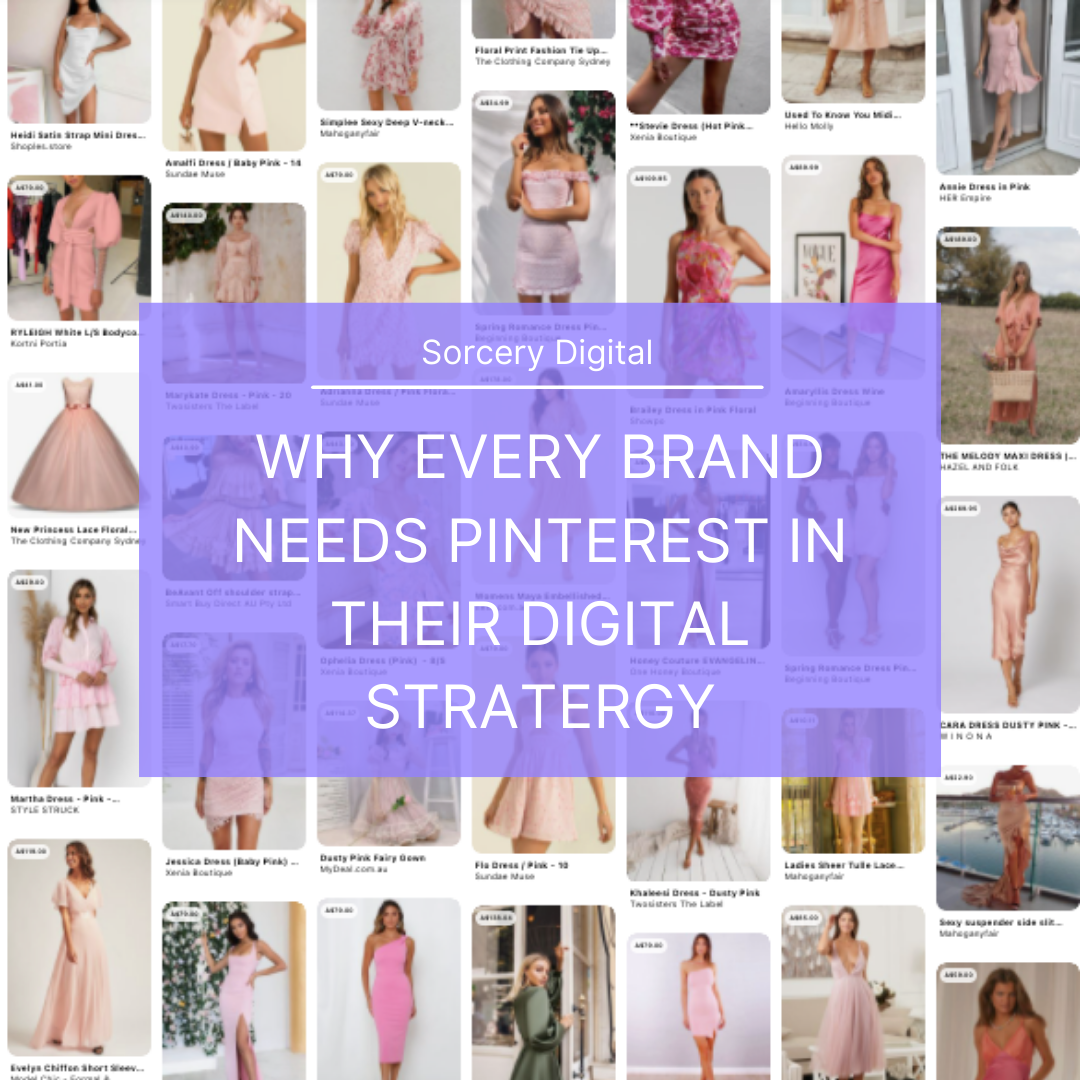Pinterest for traffic
The Benefits Of Pinterest Marketing For Businesses: Why You Need A Strategy
You might be a new business owner with a ton of creative ideas, trying to leave your mark on the entrepreneur world, or maybe you have an established brand and a mission to branch out and utilise digital marketing to your advantage. No matter what the case may be, now is the best time to explore the benefits of Pinterest for businesses!
Here is the thing: It is estimated that there will be 2.14 billion global buyers online by the end of 2021. There is plenty of room for every brand to flourish and finally be able to attract (and keep) their ideal clients. So, can Pinterest help you grow your business organically? The short answer is definitely!
Why every brand needs Pinterest for business
Pinterest marketing has long been an exciting tool! The numbers aren’t lying. Pinterest is amongst the top 5 most visited social media sites. Like many other platforms, it allows users to create, share and re-post photos, products, and services. What that means is that your beautifully-crafted pins will most likely find their way into other people’s Pinterest boards, only to be re-pinned by new users. No matter your niche, the benefits of Pinterest business accounts are evident.
Find the ideal demographic.
Pinterest has 459 million monthly active users worldwide, including 98 million in the US. The market mainly consists of females between 25 and 34 years old and the total number of saved pins on Pinterest exceeds 240 billion. That’s a whole lot of wasted potential for everyone who hasn’t jumped on the Pinterest marketing strategy bandwagon.
Rank your Pinterest Pins on Google easily.
Unlike many other social media platforms, Pinterest ranks highly in search engine listings. Due to its high traffic in viewing, images are able to expose your brand to thousands of potential buyers that happened to google a relevant keyword. Additionally, each time you pin an item to a pin board, it will link back to your site automatically. Everyone who, then, repins your pin to one of their boards, will help you spread your website’s link.
Yes, the right Pinterest marketing strategy can make your pins and your products highly discoverable.
Pinterest for traffic.
Unlike Facebook and Twitter, Pins remain with you indefinitely. Keywords are always researched, images are found, pinned, and re-pinned. Arguably, you will get more chances of exposure, thus, more consistent traffic to your website.
People love shopping on Pinterest
Last but not least, interest is absolutely free to use. Pinterest ads, however, are a great tool that gives your Pins more exposure. 60% of users have discovered new brands or products via Pinterest ads.
In fact,50% have made a purchase after seeing a Promoted Pin. Do you want to hear something even better? 47% of Social media users saw Pinterest as the platform for discovering and shopping for products.
Let’s build your Pinterest marketing strategy.
With the right Pinterest marketing strategy, you will be able to maximise your brand’s exposure in a highly competitive industry. Let’s create the perfect plan to identify your target audience and create conversion-ready Pinterest content to highlight your products and drive customers to take action!
Sorcery Digital has great Digital Marketing packages from $399 p/m
From web design to SEO and digital marketing, so many crucial elements go into launching a business online! Having beautiful products ready to sell is only the first step. You need to have your products seen by the right people. A targeted digital campaign will help you achieve the kind of revenue you need for your business to be a hit. Check out our monthly or one-off digital marketing package options


